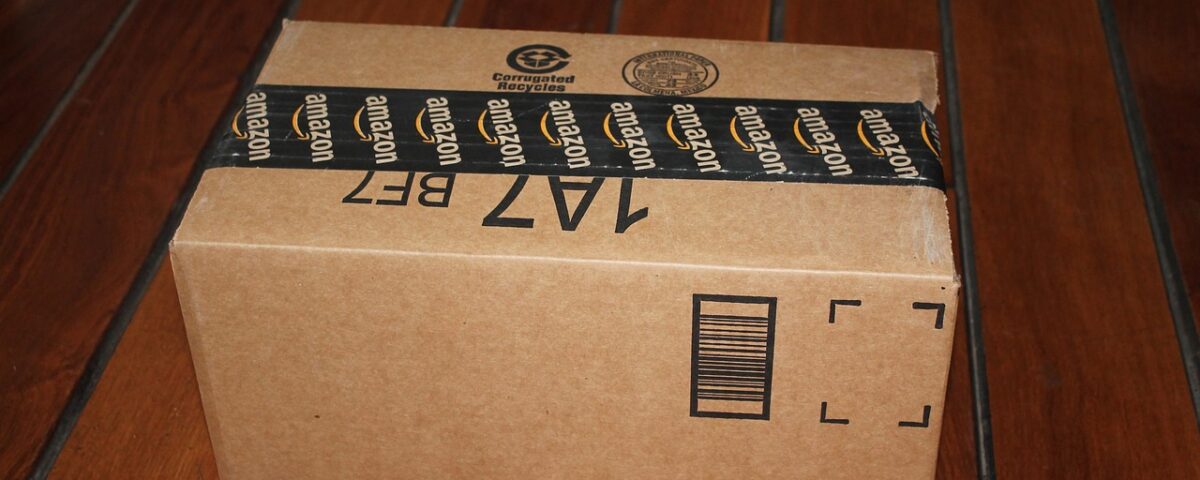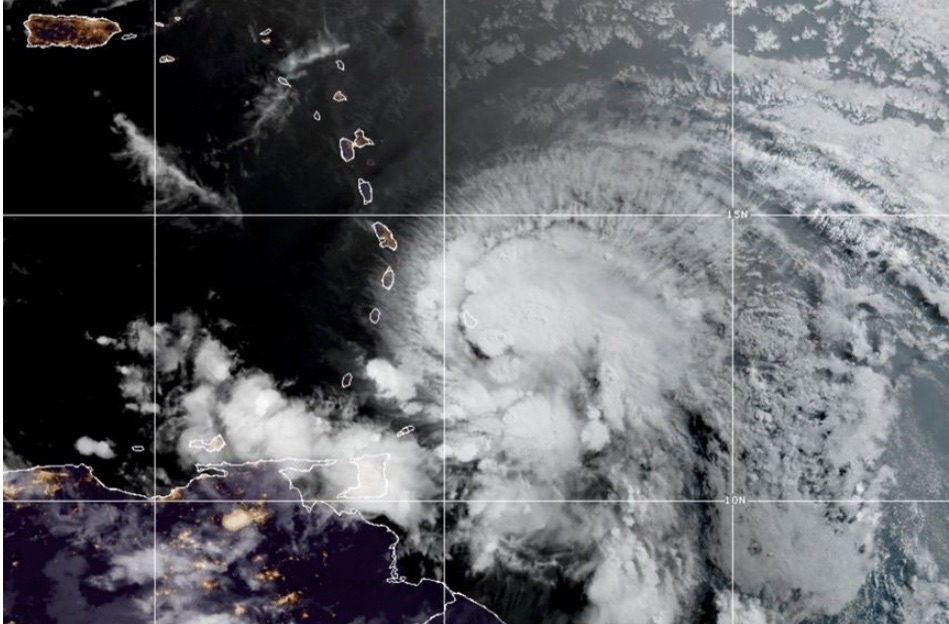
The Surprising Impact of Global Warming On Future Hurricanes
April 13, 2023
April 2023 Friday’s e-links: More About Wordle and Spelling Bee
April 14, 2023Several years ago, Amazon shoppers gleefully bought a slew of $10 desk and chair sets.
However, it was not quite the bargain they expected. At 8.7 x 5.5 x 1.8 inches, the furniture was tiny.
The wrong size is one reason that we return items to Amazon. And now, they are trying to reverse our behavior.
Serial Returners
Amazon thinks it can minimize the number of “frequently returned items” by letting buyers know those items are frequently returned. By warning us, they hope to communicate with the people that purchase the wrong size or discover that the color and quality differ from their online image.
Still, I suspect that many serial returners will remain.
Because returns are usually free, the cost for sending back an item is time, not money. In addition, as we looked at long ago, our brain activity reinforces the pleasure of a purchase.As a result, buying seven pairs of shoes—-even knowing we will return six–activates a feel-good center of our brain.
Meanwhile, the supply side cost includes the dollar expense for 2-way mailing, for packaging and unpackaging, maybe for cleaning the item. It is also possible that a new sale was sacrificed because the item’s return was delayed.
At this point, while it would make sense to reduce the number of serial returners, the CLV.(Customer Lifetime Value) score makes it more complicated.
A CLV score summarizes your buying behavior. Some mostly focus on what you spend while for others, your age, marital status, education, and Zip Code might matter. So too could your purchase volume and return frequency. As you might expect, frequent returners get negative scores. However, depending on the math, the frequent returner could be more of a frequent buyer.
Our Bottom Line: Unintended Consequences
Through Prime, Amazon just wanted to encourage us to buy more. However, a relaxed return policy has been costly for buyers, sellers, and the enviroment. On the demand side, reurns take time while the supply side has a new expense and perhaps inadequate inventory for subsequent orders. And, as for the environment, we have wasted packaging and delivery mileage.
At this point, as economists, we can return to the unintended consequences of our online transactions. Whether it’s buying or returning through Prime, Amazon creates new tradeoffs that have a cost and a consequence.
My sources and more: Thanks to The Hustle daily newsletter for reminding me to return to the return problem. From there, I discovered past and current articles from WSJ, the BBC and Mashable.
![econlifelogotrademarkedwebsitelogo[1]](/wp-content/uploads/2024/05/econlifelogotrademarkedwebsitelogo1.png#100878)




